Ok, I’m Built Like A Noble Ox. Like I Am 6′1 And I Am Sturdy Lady. Like Thighs For Days. If You Try
ok, i’m built like a noble ox. like i am 6′1 and i am sturdy lady. like thighs for days. if you try to move me. you will be moved. body images aside (lol, i am self conscious about my size, yeah it’s life)
so like, i am very used to girls standing next to me in public places. i end up acquiring a pack of ladies. just because women are like, that lady is a lady men stay away from. i am jerk kryptonite (usually, i get my fair share of creeps, such is life) but most men have self preservation that this 6′1 ox will break them. and i will
so usually i am in my own phone and look up to another lady standing next to me. and i will immediately look up and make eye contact and nod. like, you know, that nod. i see you and you can talk if there is something wrong. i end up on a reg basis being a defacto bodyguard to these young ladies and small women while waiting for buses and in the metro.
i am a large oak tree. i protect the other birds.
ladies, we all got roles. find tree in the wild. we’re always happy to provide shelter from the creeps.
i’ve regularly said, “move on, she doesn’t want to be your friend”
More Posts from Mattlindel and Others
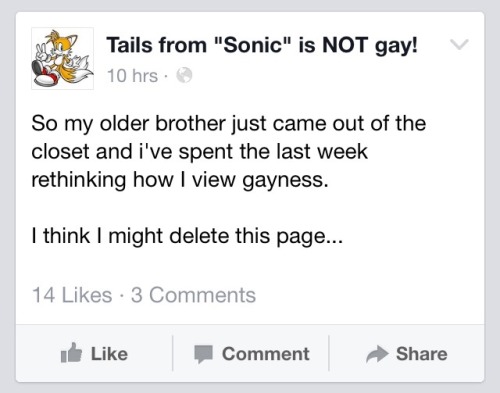
i never talk about these things but i can’t remain silent.
i know tumblr doesn’t give a SHIT when things happen in countries outside the “most popular ones” (such as the usa & england). it’s true, don’t lie to me. y’all don’t give A FUCK. not every issue and problem in said countries gets the appropriate exposure but in general shit shows up on the news WORLD FREAKING WIDE. you set up donations, you help out, your spread the word, you say “pray for x”……
southern europe is burning.
my country is burning.
people are dying - at home, on the road, trying to run away, in their cars.
yesterday my country had 300 active fires.
people are losing EVERYTHING they own.
i have a friend that is on a train right now passing through places that have been burnt to the ground and she says the smoke is so intense it’s getting inside the train and she can barely breathe.
and yet, even though several people (myself included) have been trying to bring awareness to what has been happening in southern europe… what we get from most of you, those not part of the countries suffering, is silence. we don’t ask for money, we don’t ask for shit other than a reblog to spread awareness… something you can delete in 24/48hrs if you wish.
i don’t know what to tell you. i’m angry. i’m frustrated. i’m disappointed. i feel like i’m screaming into the void. “a reblog does nothing” - you know that’s a damn lie, you know exposure always helps, you know people start paying attention when posts on social media become popular. my country in particular is a small one, we get ZERO exposure. y’all are only starting to figure out we even fucking exist bc of the shit we’ve been winning lately.
but hell, if the EU doesn’t give a shit, why should some user on tumblr dot com?
again, i don’t know what to tell you so i’ll let the images speak for themselves:

An image captured by a Nasa satellite shows a thick plume of smoke blowing southward from the Greek island of Chios over the island of Crete

Torneros de Jamuz, Spain

Duca, Croatia

A helicopter from Italy’s civil protection service drops water on a fire near the railway between Venice and Trieste

Residents take refuge on the beach as a wildfire burns on the mountain next to the village of Lithi, on the Greek island of Chios

Men gather cattle during a forest fire in Vieira de Leiria, Marinha Grande, Portugal.

Charred trees are seen on the hills above the Cloister of Thivaidas on Mount Athos, a World Heritage Site in Greece

Portugal

gay culture is oversharing and bottling ur emotions up at the same time
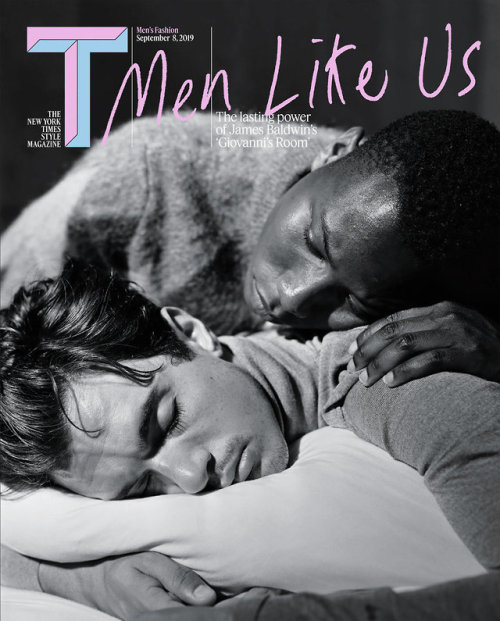

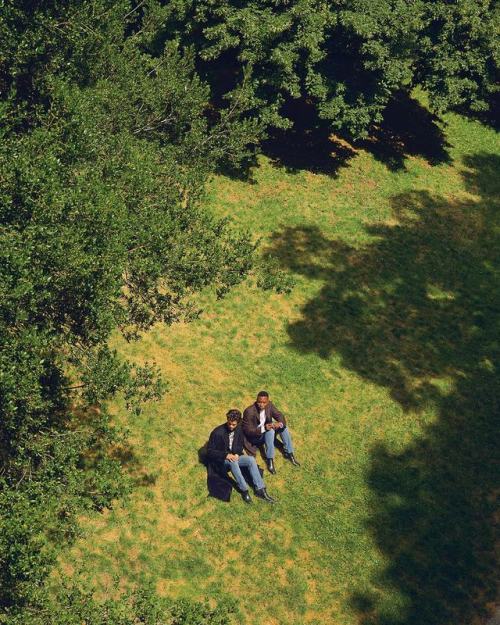


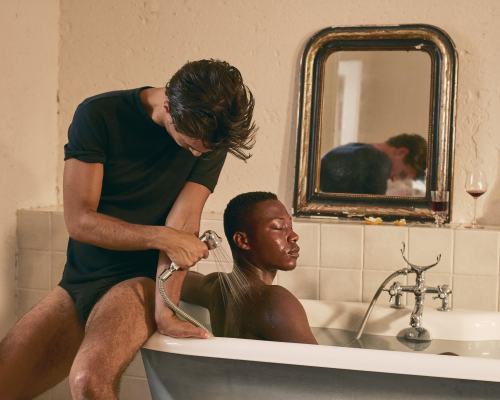

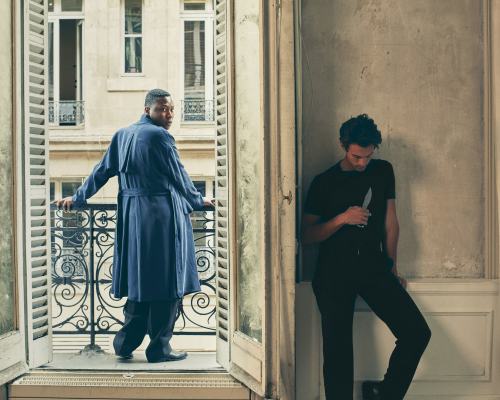
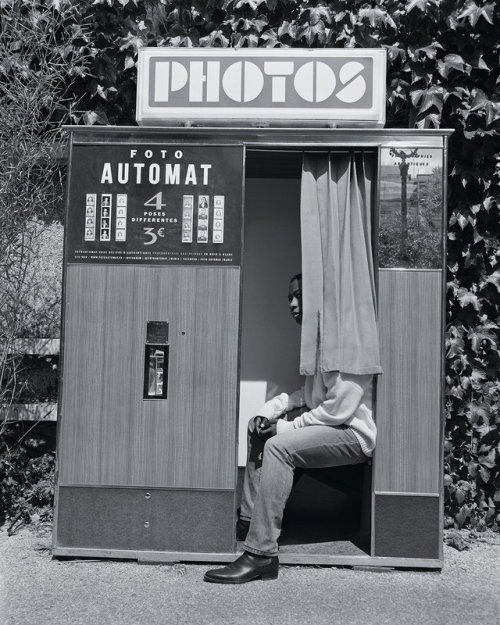
“Men Like Us,” New York Times Style Magazine. Shot by John Edmonds, styled by Carlos Nazario.
Ugly Privilege is being the ‘relationship expert’ when your friends are going through relationship issues and you got no experience with romantic relationships







This is important.

reblog if u want a female black gay muslim link
WARNING!!!!

People, please be careful. There are also people tracking children and people and putting bids on them based on their profile pictures on whatsapp, tracking and kidnapping them. Especially young children, so please be cautious, especially parents who have their children as their profile pictures.
Please pass this on to everyone so that they are aware of the danger. I don’t how it is all around the world but I know it can’t just be here so please please spread the word. Thank you.
In linguistics, a filler is a sound or word that is spoken in conversation by one participant to signal to others that he/she has paused to think but is not yet finished speaking. These are not to be confused with placeholder names, such as thingamajig, which refer to objects or people whose names are temporarily forgotten, irrelevant, or unknown.
In Afrikaans, ah, em, and eh are common fillers.
In Arabic, يعني yaʿni (“I mean”) and وﷲ wallāh(i) (“by God”) are common fillers.[2][3][4]
In American Sign Language, UM can be signed with open-8 held at chin, palm in, eyebrows down (similar to FAVORITE); or bilateral symmetric bent-V, palm out, repeated axial rotation of wrist (similar to QUOTE).
In Bengali, mane (“it means”) is a common filler.
In Catalan, eh /ə/, doncs (“so”), llavors (“therefore”), and o sigui (“it means”) are common fillers.
In Czech, tak or takže (“so”), prostě (“simply”), jako (“like”) are used as fillers. Čili (“or”) and že (“that”, a conjunction) might also be others. A person who says jako and prostě as fillers might sound a bit simple-minded to others.[5]
In Danish, øh is one of the most common fillers.
In Dutch, eh, ehm, and dus are some of the more common fillers.
In Esperanto, do (“therefore”) is the most common filler.
In Filipino, ah, eh, ay, and ano are the most common fillers.
In Finnish, niinku (“like”), tota, and öö are the most common fillers.
In French, euh /ø/ is most common; other words used as fillers include quoi (“what”), bah, ben (“well”), tu vois (“you see”), and eh bien (roughly “well”, as in “Well, I’m not sure”). Outside of France, other expressions are tu sais (“you know”), t’sais’veux dire? (“you know what I mean?”), or allez une fois (“go one time”). Additional filler words include genre (“kind”), comme (“like”), and style (“style”; “kind”)
In German, a more extensive series of filler words, called modal particles, exists, which actually do give the sentence some meaning. More traditional filler words are äh /ɛː/, hm, so /zoː/, tja, and eigentlich (“actually”)
In Hebrew, eh is the most common filler. Em is also quite common.
In Hindi, matlab (“it means”) and “Mah” are fillers.
In Hungarian, common filler words include hát (well…) and asszongya (a variant of azt mondja, which means “it says here…”).
In Icelandic, a common filler is hérna (“here”). Þúst, a contraction of þú veist (“you know”), is popular among younger speakers.
In Indonesian (Bahasa Indonesia), anu is one of the most common fillers.
In Italian, common fillers include “tipo” (“like”), “ecco” (“there”) and “cioè” (“actually”)
In Irish Gaelic, abair /ˈabˠəɾʲ/ (“say”), bhoil /wɛlʲ/ (“well”), and era /ˈɛɾˠə/ are common fillers, along with emm as in Hiberno-English.
In Japanese, common fillers include eetto, ano, sono, and ee.
In Kannada,Matte for also,Enappa andre for the matter is are the common fillers.
In Korean, eung, eo, ge, and eum are commonly used as fillers.
In Lithuanian, nu, am and žinai (“you know”) are common fillers.
IN Maltese and Maltese English, mela (“then”), or just la, is a common filler.
In Mandarin Chinese, speakers often say 这个 zhège/zhèige (“this”) or 那个 nàge/nèige (“that”). Another common filler is 就 jìu (“just/precisely”).
In Norwegian, common fillers are øh, altså, på en måte (“in a way”), ikke sant (literally “not true?”, “no kidding”, or “exactly”), vel (“well”), and liksom (“like”). In Bergen, sant (“true”) is often used instead of ikke sant. In the Trøndelag region, skjø’ (“see?” or “understand?”) is also a common filler.
In Persian, bebin (“you see”), چیز “chiz” (“thing”), and مثلا masalan (“for instance”) are commonly-used filler words. As well as in Arabic and Urdu, يعني yaʿni (“I mean”) is also used in Persian. Also, eh is a common filler in Persian.
In Portuguese, tipo (“like”) is the most common filler.
In Romanian, deci /detʃʲ/ (“therefore”) is common, especially in school, and ă /ə/ is also very common (can be lengthened according to the pause in speech, rendered in writing as ăăă), whereas păi /pəj/ is widely used by almost anyone.
In Russian, fillers are called слова-паразиты (“vermin words”); the most common are Э-э (“eh”), это (“this”), того (“that”), ну (“well”), значит (“it means”), так (“so”), как его (“what’s it [called]”), типа (“like”), and как бы (“[just] like”).
In Serbian, znači (“means”) and ovaj (“this”) are common fillers.
In Slovak, oné (“that”), tento (“this”), proste (“simply”), or akože are used as fillers. The Hungarian izé (or izí in its Slovak pronunciation) can also be heard, especially in parts of the country with a large Hungarian population. Ta is a filler typical of Eastern Slovak and one of the most parodied features.
In Slovene, pač (“but”, although it has lost that meaning in colloquial, and it is used as a means of explanation), a ne? (“right?”), and no (“well”) are some of the fillers common in central Slovenia, including Ljubljana.
In Spanish, fillers are called muletillas. Some of the most common in American Spanish are e /e/, este (“this”), and o sea (roughly means “I mean”).[6], in Spain the previous fillers are also used, but ¿Vale? (“right?”) and ¿no? are very common too.
In Swedish, fillers are called utfyllningsord; some of the most common are öhm, ja (“yes”), ba (comes from “bara”, which means “just”), asså or alltså (“therefore”, “thus”), va (comes from “vad”, which means “what”), and liksom and typ (both similar to the English “like”).
In Ukrainian, ой /ɔj/ is a common filler.
In Urdu, yani (“meaning…”), falan falan (“this and that”; “blah blah”), umm, and aaa are also common fillers.
In Telugu, ikkada entante (“Whats here is…”) and tarwatha (“then…”) are common and there are numerous like this.
In Tamil, paatheenga-na (“if you see…”) and apparam (“then…”) are common.
In Turkish, yani (“meaning…”), şey (“thing”), “işte” (“that is”), and falan (“as such”, “so on”) are common fillers.
In Welsh, de or ynde is used as a filler (loosely the equivalent of “You know?” or “Isn’t it?”). Ym… and Y… are used similarly to the English “um…”.
-
 holdspaceplz liked this · 2 months ago
holdspaceplz liked this · 2 months ago -
 paulnation100 liked this · 2 months ago
paulnation100 liked this · 2 months ago -
 ajavionna reblogged this · 3 months ago
ajavionna reblogged this · 3 months ago -
 aliaa-j liked this · 4 months ago
aliaa-j liked this · 4 months ago -
 parianlily liked this · 4 months ago
parianlily liked this · 4 months ago -
 paperlightboy liked this · 8 months ago
paperlightboy liked this · 8 months ago -
 verner2 reblogged this · 8 months ago
verner2 reblogged this · 8 months ago -
 teamalive9556 reblogged this · 9 months ago
teamalive9556 reblogged this · 9 months ago -
 roaringredpandas reblogged this · 9 months ago
roaringredpandas reblogged this · 9 months ago -
 roaringredpandas liked this · 9 months ago
roaringredpandas liked this · 9 months ago -
 tturbulence liked this · 9 months ago
tturbulence liked this · 9 months ago -
 teamalive9556 liked this · 9 months ago
teamalive9556 liked this · 9 months ago -
 marscaponee reblogged this · 9 months ago
marscaponee reblogged this · 9 months ago -
 bettyxrosex liked this · 9 months ago
bettyxrosex liked this · 9 months ago -
 crazybaconsandwich liked this · 9 months ago
crazybaconsandwich liked this · 9 months ago -
 glimpseofvisualaid liked this · 9 months ago
glimpseofvisualaid liked this · 9 months ago -
 librarymousesqueak reblogged this · 9 months ago
librarymousesqueak reblogged this · 9 months ago -
 librarymousesqueak liked this · 9 months ago
librarymousesqueak liked this · 9 months ago -
 cosima-nova liked this · 9 months ago
cosima-nova liked this · 9 months ago -
 bolshoiromanova reblogged this · 9 months ago
bolshoiromanova reblogged this · 9 months ago -
 gamelpar reblogged this · 9 months ago
gamelpar reblogged this · 9 months ago -
 sneakytris reblogged this · 10 months ago
sneakytris reblogged this · 10 months ago -
 sneakytris liked this · 10 months ago
sneakytris liked this · 10 months ago -
 bonerot19 liked this · 10 months ago
bonerot19 liked this · 10 months ago -
 lunette3002 reblogged this · 10 months ago
lunette3002 reblogged this · 10 months ago -
 kaiuerendriel reblogged this · 10 months ago
kaiuerendriel reblogged this · 10 months ago -
 belikov-barnes reblogged this · 10 months ago
belikov-barnes reblogged this · 10 months ago -
 evilregalsassy reblogged this · 10 months ago
evilregalsassy reblogged this · 10 months ago -
 n1ghtmarewa1ker reblogged this · 10 months ago
n1ghtmarewa1ker reblogged this · 10 months ago -
 smugraccoon137 liked this · 10 months ago
smugraccoon137 liked this · 10 months ago -
 angstbotfic reblogged this · 10 months ago
angstbotfic reblogged this · 10 months ago -
 honey05lavender reblogged this · 11 months ago
honey05lavender reblogged this · 11 months ago -
 theclod3215 liked this · 11 months ago
theclod3215 liked this · 11 months ago -
 gooboogy liked this · 11 months ago
gooboogy liked this · 11 months ago -
 pidgefudge reblogged this · 11 months ago
pidgefudge reblogged this · 11 months ago -
 harpymumbles reblogged this · 1 year ago
harpymumbles reblogged this · 1 year ago -
 linagalin reblogged this · 1 year ago
linagalin reblogged this · 1 year ago -
 campcapybaras liked this · 1 year ago
campcapybaras liked this · 1 year ago -
 tenmiceinacoat reblogged this · 1 year ago
tenmiceinacoat reblogged this · 1 year ago -
 tenmiceinacoat liked this · 1 year ago
tenmiceinacoat liked this · 1 year ago -
 ratsandfashion reblogged this · 1 year ago
ratsandfashion reblogged this · 1 year ago -
 noequivocating liked this · 1 year ago
noequivocating liked this · 1 year ago -
 draconiclullaby liked this · 1 year ago
draconiclullaby liked this · 1 year ago -
 lordlouiedor reblogged this · 1 year ago
lordlouiedor reblogged this · 1 year ago -
 bebopfirefly reblogged this · 1 year ago
bebopfirefly reblogged this · 1 year ago -
 ogjgigldkfjgicvvt liked this · 1 year ago
ogjgigldkfjgicvvt liked this · 1 year ago -
 loopzoopelin liked this · 1 year ago
loopzoopelin liked this · 1 year ago -
 bluevveather reblogged this · 1 year ago
bluevveather reblogged this · 1 year ago